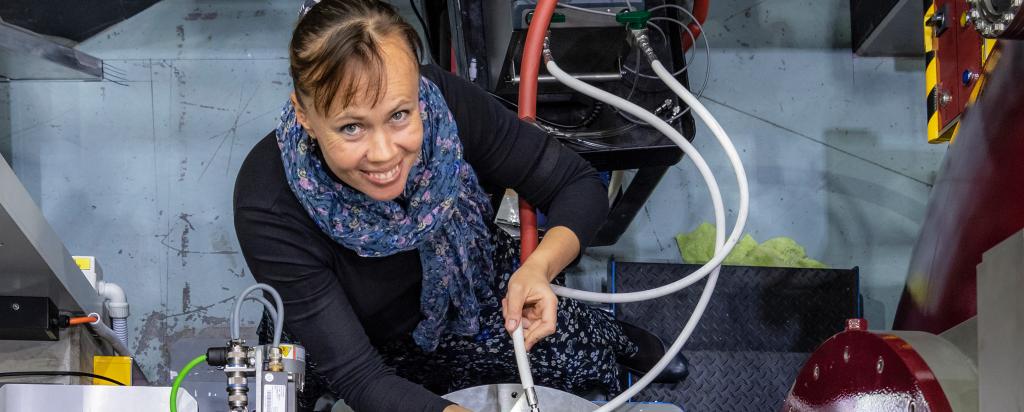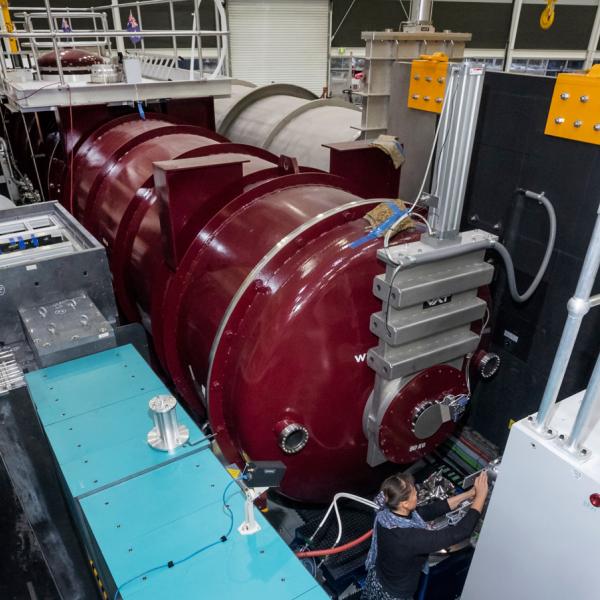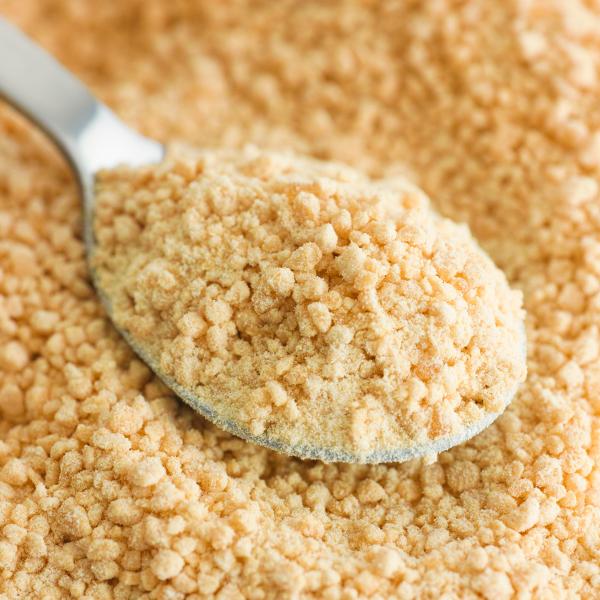
Bilby - Small Angle Neutron Scattering
Small-angle scattering is a powerful technique for looking at the nanoscale structure of objects (from several to several hundred nanometres), and typical information obtained includes particle sizes, shapes and distributions, averaged over a large portion of the sample.
Typical sample types studied using small-angle neutron scattering include colloids and polymer molecules, self-assembled materials like lipid nanoparticles, biological molecules, defect structures in metals and ceramics, pores in geological materials, magnetic clusters, skyrmions and magnetic flux lines in type-II superconductors.
Bilby is a time-of-flight small-angle neutron scattering instrument utilising wide ranges of wavelengths (from 2 to 20Å or from 2 to 10 Å). Bilby also has two sets of position-sensitive 3He tube detectors installed on two carriages which can move independently within the 20 m long vacuum vessel. Together, this allows Bilby to cover a massive momentum transfer (q) range of approximately 0.001 to 1.8 Å-1 in a single measurement. When required, it can also be run in a conventional monochromatic mode.
Aside from the wide dynamic q-range accessible in a single measurement, Bilby has the ability to tune the wavelength resolution between ~4% and 30% depending on the application. These characteristics mean that Bilby is ideally suited for kinetic studies of nanoscale structural changes at timescales in the order of minutes.
Bilby is complemented by other small-angle scattering infrastructure based at ANSTO including the monochromatic pinhole SANS instrument Quokka, the Bonse-Hart USANS instrument Kookaburra, and the Xenocs Xeuss 3.0 SAXS instrument. Small-angle X-ray and neutron scattering both look at nanoscale structure, but because of differences in the way that X-rays and neutrons interact with matter, the information they give is slightly different, yet highly complementary. Specifically, because neutrons interact with nuclei, the introduction of different isotopes of the same element can change the way an object scatters neutrons, an approach known as contrast variation. Contrast variation can be used to great effect in simplifying the analysis of data collected on multicomponent systems.
The construction of Bilby was funded as part of the Australian Governments Super-Science Initiative, its conceptual design was completed in early 2010, commissioning was finished in 2015 and it has been open to the user community since 2016. The instrument is located on the purpose-built CG2A cold neutron guide, associated with OPAL's liquid-deuterium cold neutron source.






